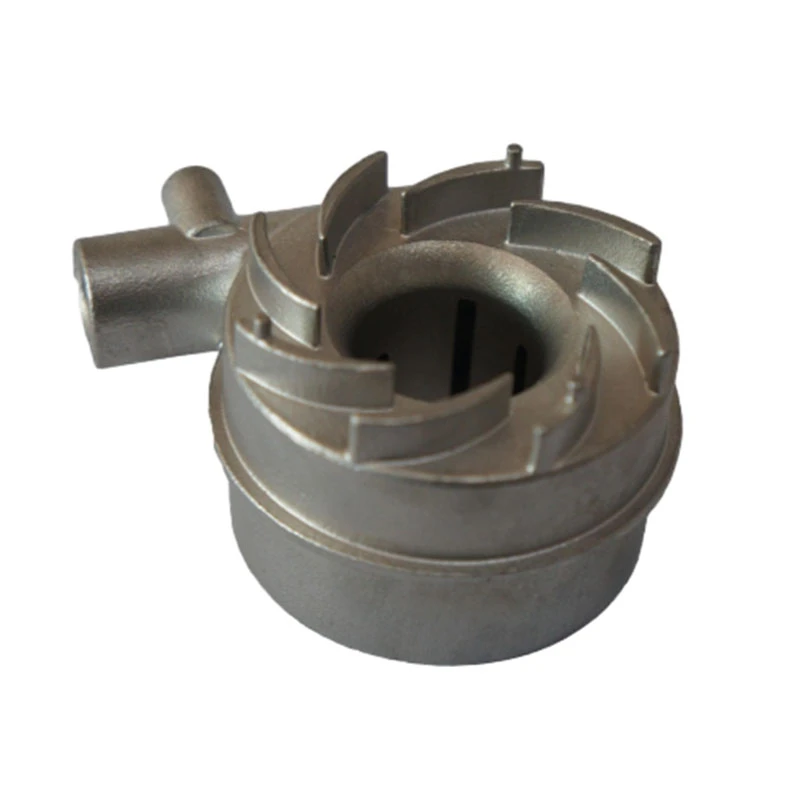what is made by sand casting
What is Made by Sand Casting?
Sand casting is one of the oldest and most versatile metal casting techniques, widely used in manufacturing processes around the world. It involves creating a mold from sand, which is then filled with molten metal to form a desired shape once cooled and solidified. This process has been employed for centuries and remains popular due to its efficiency, affordability, and ability to produce complex geometries. In this article, we will explore what is made by sand casting, its applications, advantages, and the processes involved.
Common Products Made by Sand Casting
Sand casting is utilized to create a wide variety of metal components across several industries. Some of the most common products manufactured through this process include
1. Automotive Parts Sand casting is extensively used to produce engine blocks, transmission parts, and various other components for vehicles. The process allows for the creation of complex shapes and internal cavities, which are essential for automotive design.
2. Machinery Components Many industrial machines require sturdy and intricate parts that can withstand high stress. Sand casting is ideal for producing gears, housings, and critical operational components in various machinery.
3. Pipes and Fittings In the plumbing and construction industries, sand casting is commonly used to manufacture pipes and fittings made from cast iron and other alloys. These components are essential for transporting fluids and ensuring structural integrity.
4. Art and Sculpture The art world also benefits from sand casting. Artists use this technique to create sculptures and decorative items in metals such as bronze and aluminum. The ability to reproduce fine details makes it a favored method among sculptors.
5. Aerospace Parts The aerospace industry relies on sand casting for producing lightweight, high-strength components, such as brackets and housings, that meet stringent safety and performance standards.
Advantages of Sand Casting
One of the main reasons for the continued use of sand casting is its numerous advantages
- Cost-Effectiveness Sand casting utilizes inexpensive materials like sand and clay for molds, making it a cost-effective option for producing both small and large batches of components.
- Versatility The process can accommodate a wide range of metals and alloys, including aluminum, iron, steel, and bronze, providing manufacturers with flexibility in choosing materials based on their specific needs.
what is made by sand casting

- Large Parts Production Sand casting can produce large items that would be difficult or impossible to achieve using other casting methods, like die casting
.- Complex Geometries The technique allows for the creation of complex shapes and intricate designs, making it ideal for products with specific performance requirements.
- Adaptability The equipment used in sand casting is relatively low-tech, allowing for easy modifications and adjustments depending on production needs.
The Sand Casting Process
The process of sand casting involves several key steps
1. Pattern Creation The first step is creating a pattern of the desired object. This pattern can be made from various materials, including wood, metal, or plastic, and is designed slightly larger than the final product to account for metal shrinkage during cooling.
2. Mold Making The pattern is then used to create a mold. This involves packing sand around the pattern, applying a binder (often clay) to hold the sand together. Once the sand hardens, the pattern is removed, leaving a cavity in the shape of the part.
3. Melting the Metal Metal is melted in a furnace, reaching temperatures suitable for pouring. The choice of metal depends on the intended application and properties required.
4. Pouring The molten metal is carefully poured into the mold cavity, filling it entirely.
5. Cooling and Solidification Once poured, the metal is allowed to cool and solidify. This typically takes a few hours, depending on the metal and part size.
6. Mold Removal After the metal has cooled, the sand mold is broken away, revealing the cast part.
7. Finishing The final step involves cleaning, machining, or treating the cast part to meet specifications and surface finish requirements.
In conclusion, sand casting is a highly effective method for producing a diverse range of metal products, from automotive to aerospace components, as well as artistic creations. Its cost-effectiveness, scalability, and ability to create complex shapes continue to make it a preferred choice in various industries. Whether you’re involved in large-scale manufacturing or artisanal crafting, sand casting offers a practical and reliable solution for metal fabrication.
-
Precision Casting AI Solution with GPT-4-Turbo | Optimized QualityNewsAug.02,2025
-
Precision Sheet Metal Stamping Manufacturer | Fast & ReliableNewsAug.01,2025
-
OEM Sand Cast Pump Valve Fittings - Baoding Hairun Machinery And Equipment Trading Co., Ltd.NewsAug.01,2025
-
Custom OEM Impellers | High Efficiency & PrecisionNewsAug.01,2025
-
OEM Sand Cast Pump Valve Fittings - Baoding Hairun Machinery | Customization, Quality AssuranceNewsAug.01,2025
-
OEM Sand Cast Pump Valve Fittings - Baoding Hairun Machinery And Equipment Trading Co., Ltd.NewsAug.01,2025















